Executive directors and a non-executive director must chair the board meeting. The former is the one who leads the company’s top management and oversees day-to-day operations, while the director who is the latter brings diverse knowledge to the table. During meetings, they examine documents and report, providing insights into management issues as well as strategic initiatives, as well as make decisions that impact the success of the organization over the long haul.
It is crucial to ensure before the meeting that all materials have been provided and that all logistics are in place. In addition it’s a good idea reread the agenda and make any necessary edits to ensure that all topics are addressed in a systematic and concise way.
The meeting begins with an opening statement from the chairperson or presiding officer. The treasurer is then able to present an update on all current financial matters. The treasurer would be prepared to present this report prior to the meeting so that board members could look over it and plan their questions.
After the treasurer’s report has been complete, any members can make motions regarding new business items. If they are seconded, a vote is held and those in favor vote ‘yes’, and those who oppose say ‘no’..
All unfinished or pending matters from previous board meetings are addressed during this phase of the meeting. Based on the nature of the issue, it can be resolved via a voice vote or an open hand. The presiding officer, or board chair, wraps up the meeting by providing an overview of key decisions and actions that were agreed on. This assures that everyone understands try this site their roles going forward.

Comentarios recientes